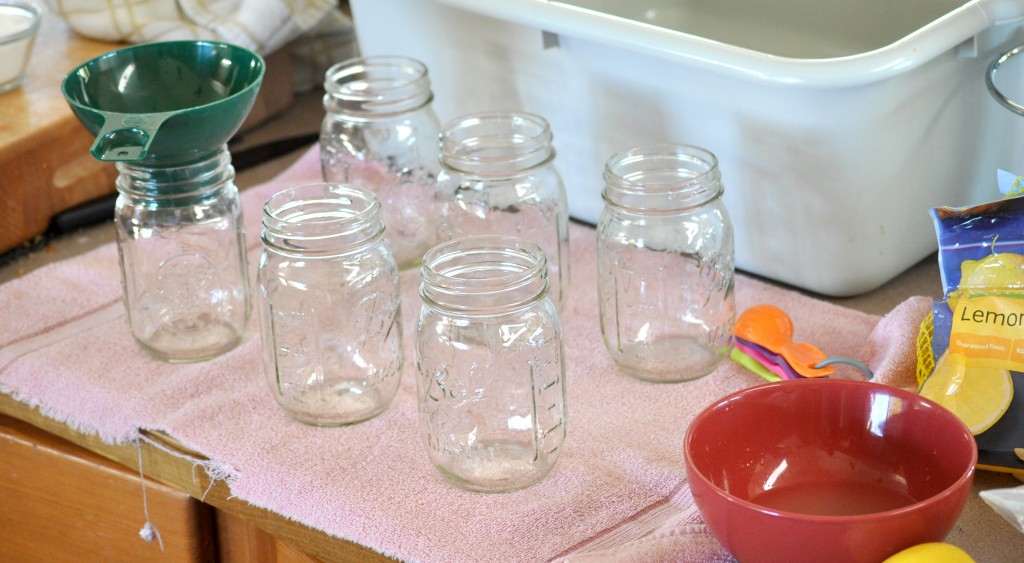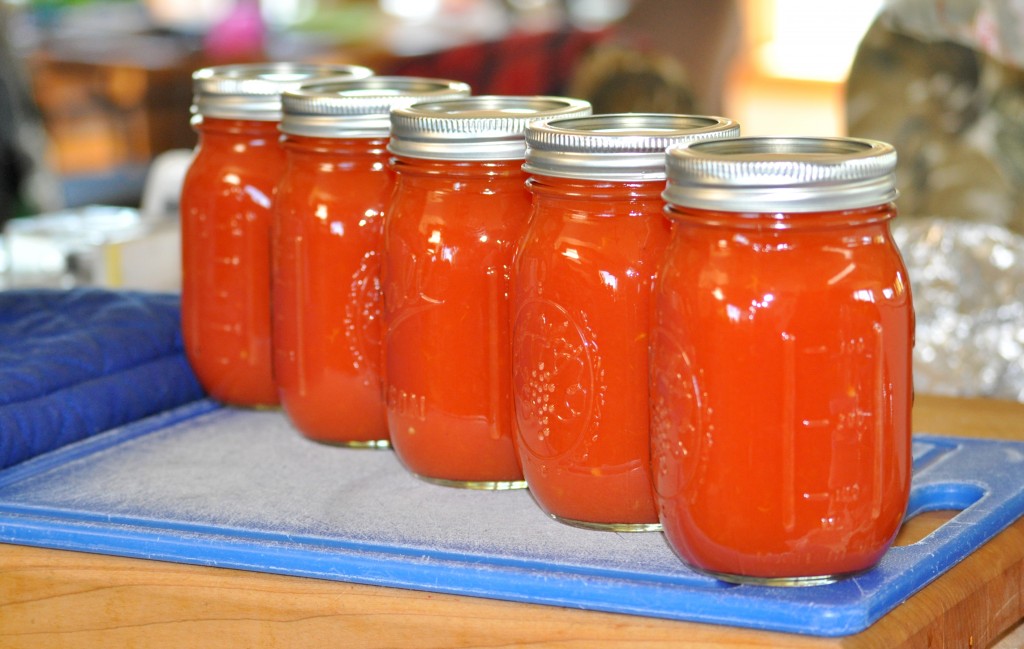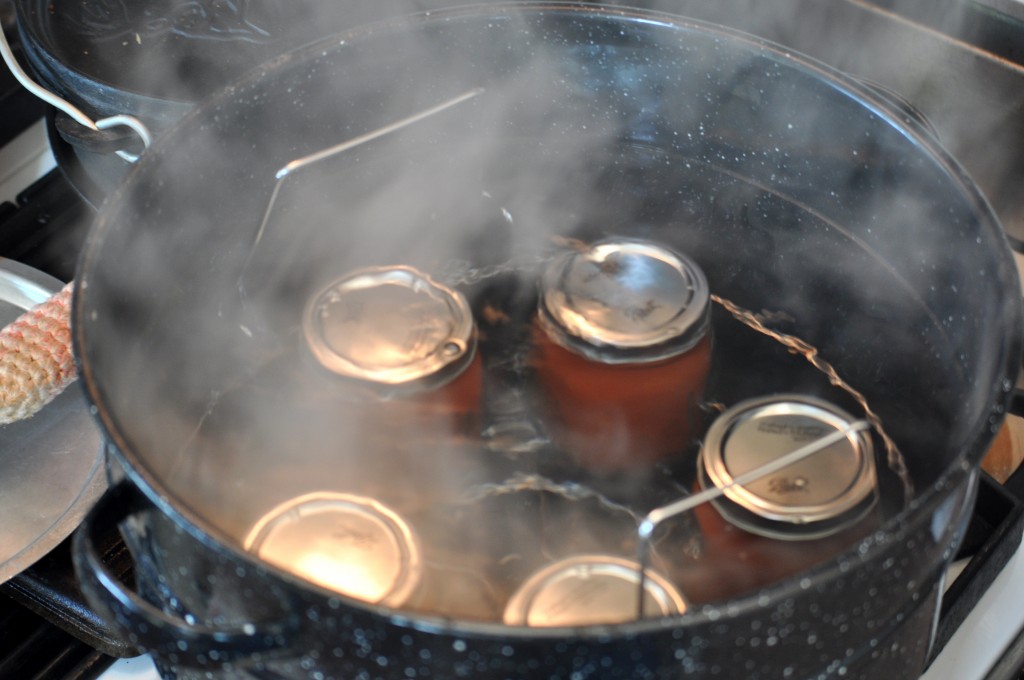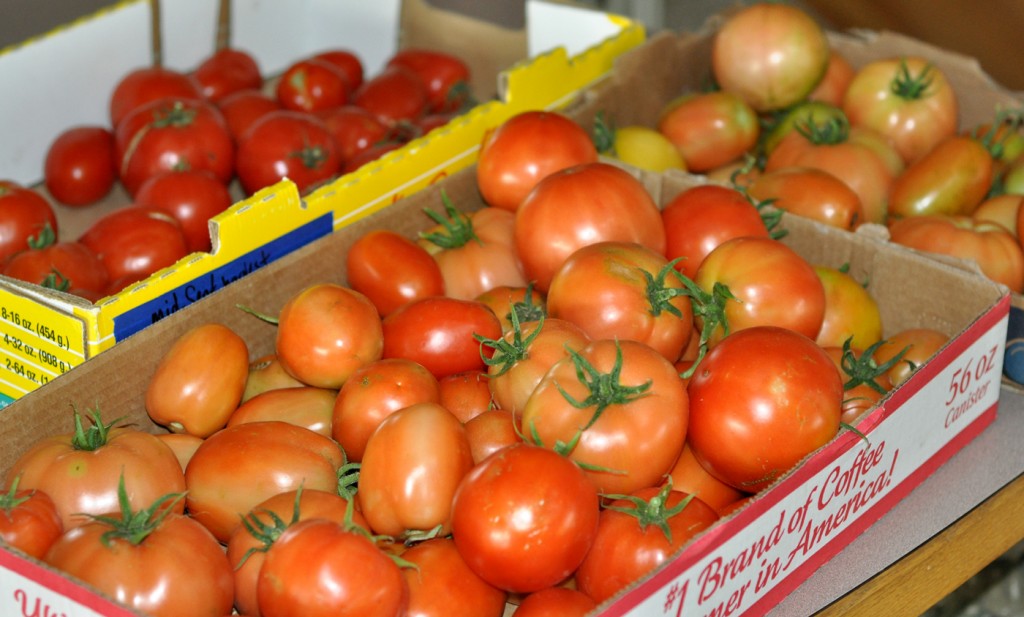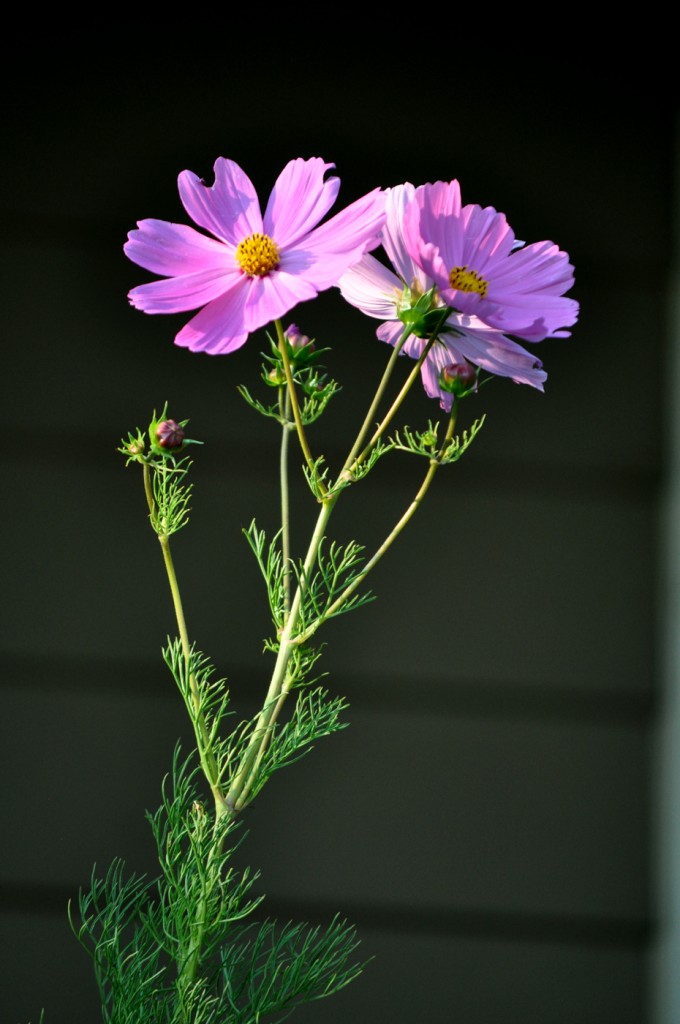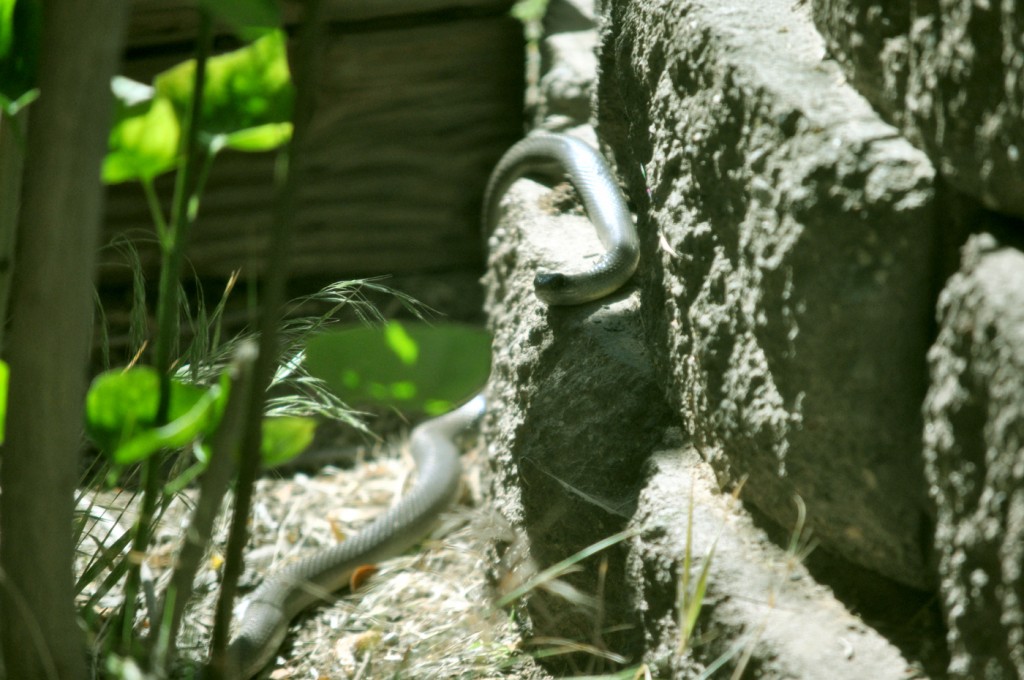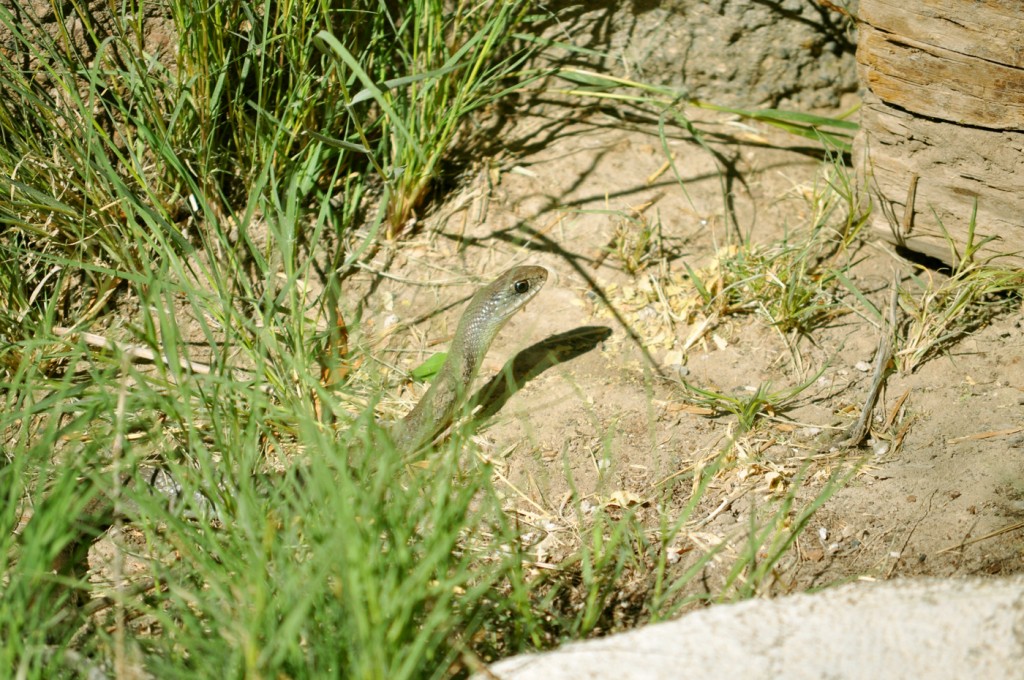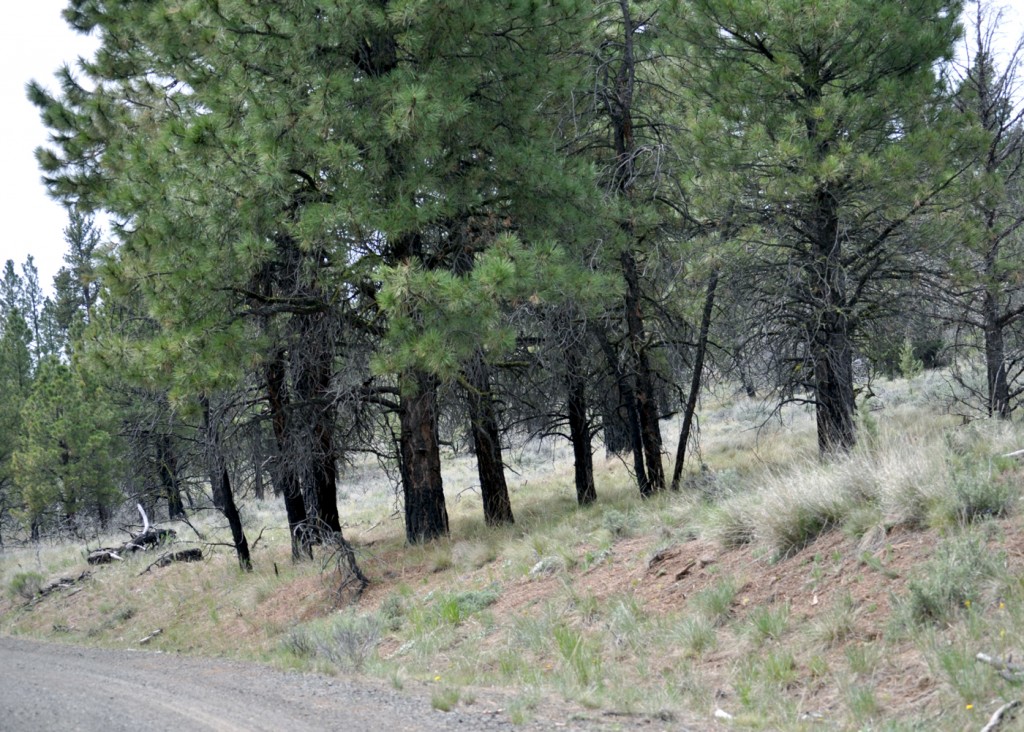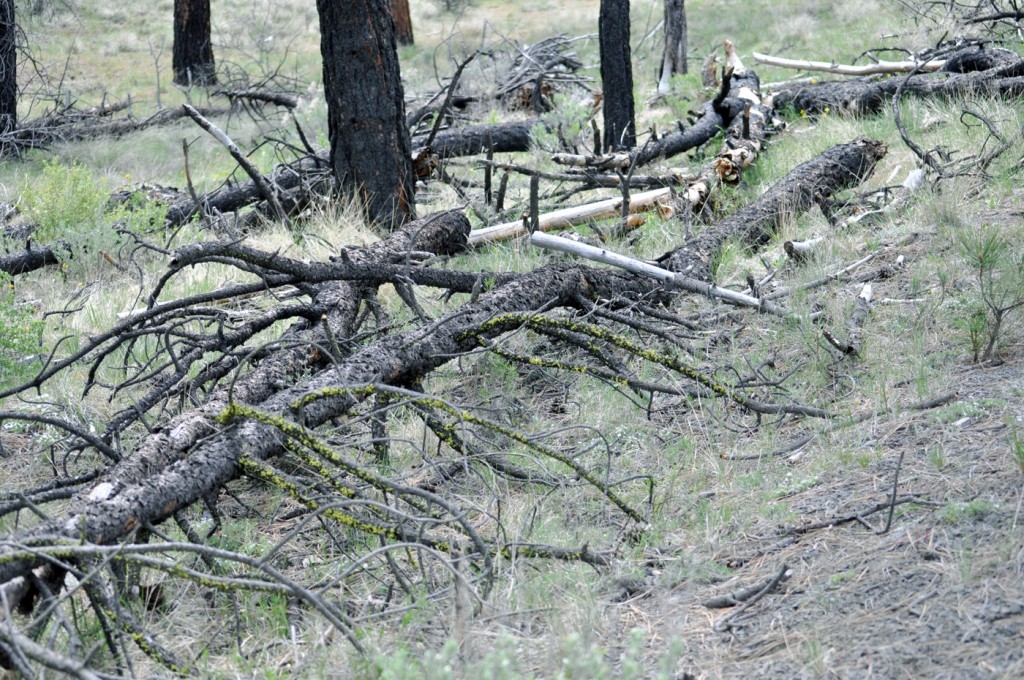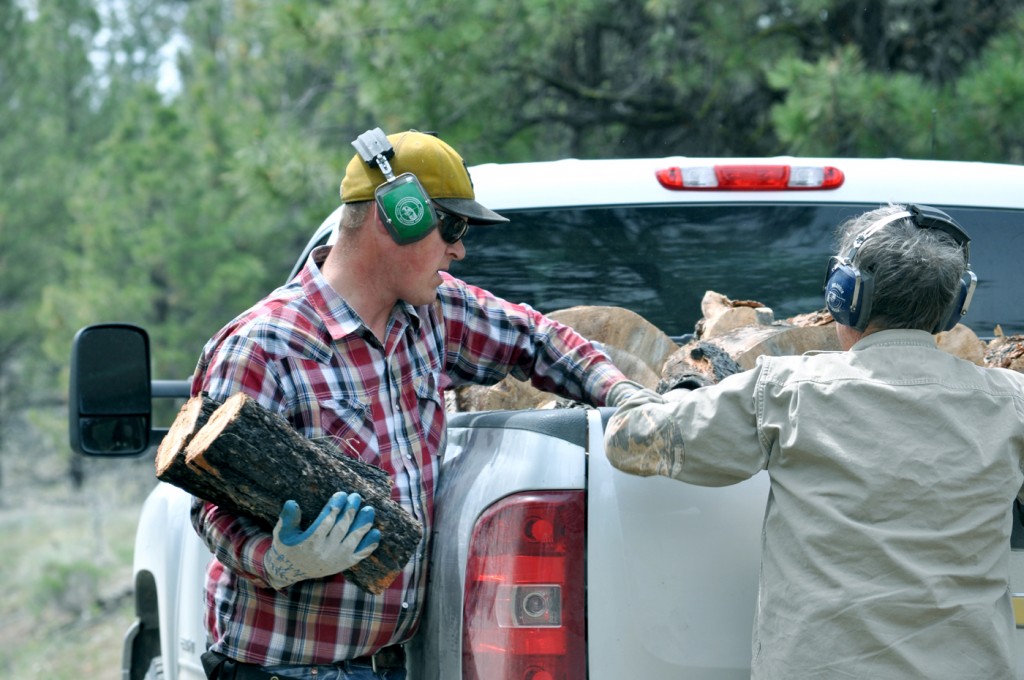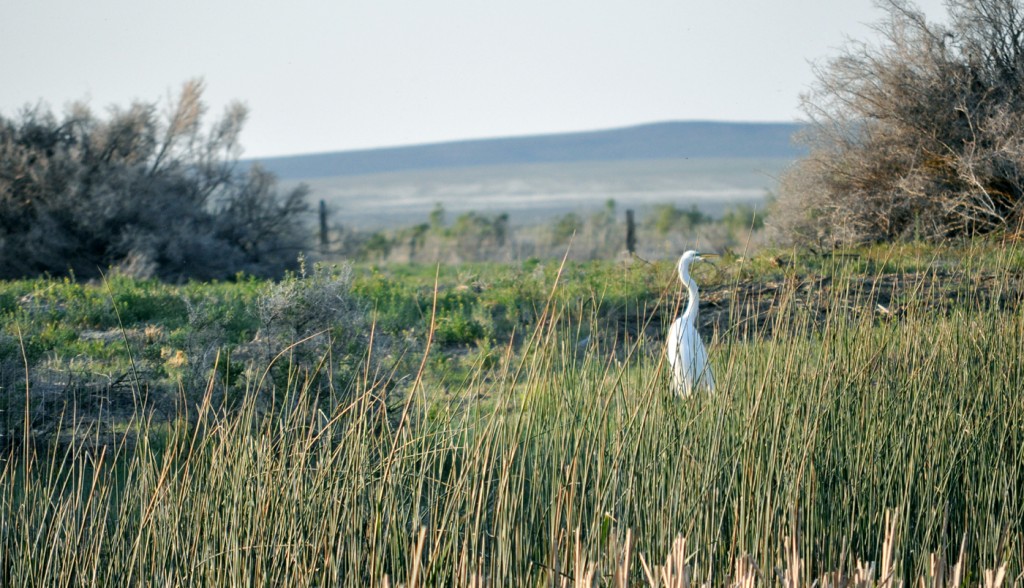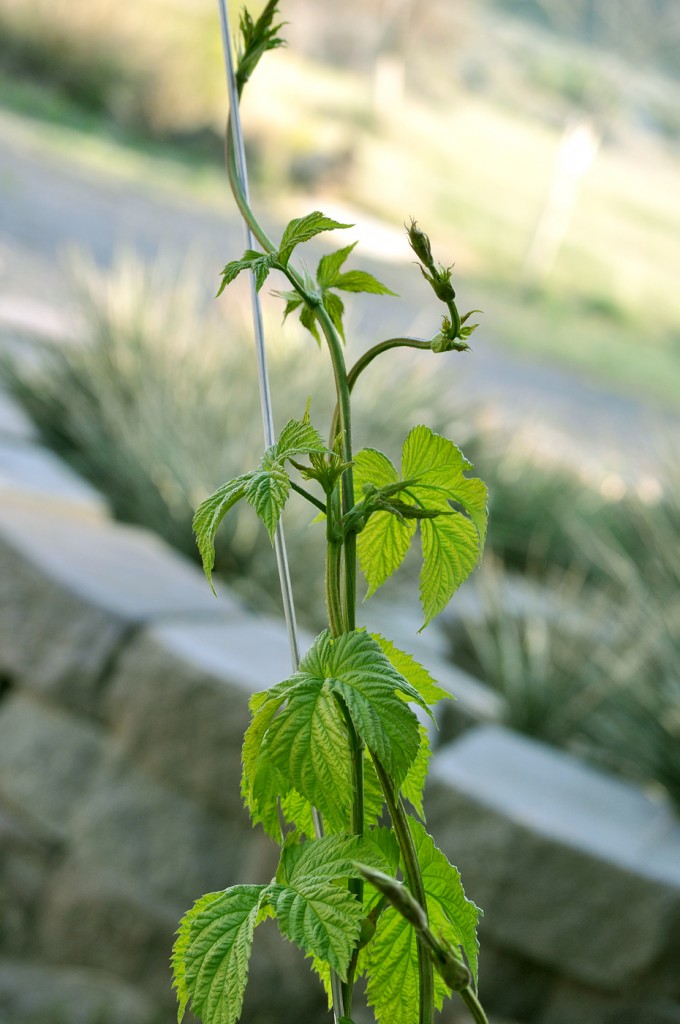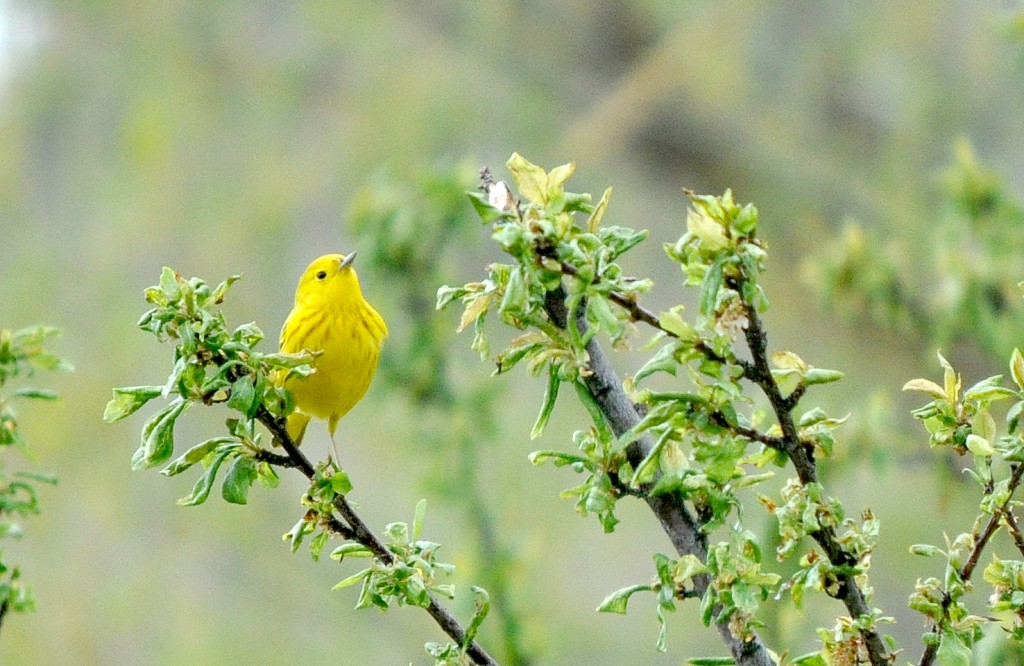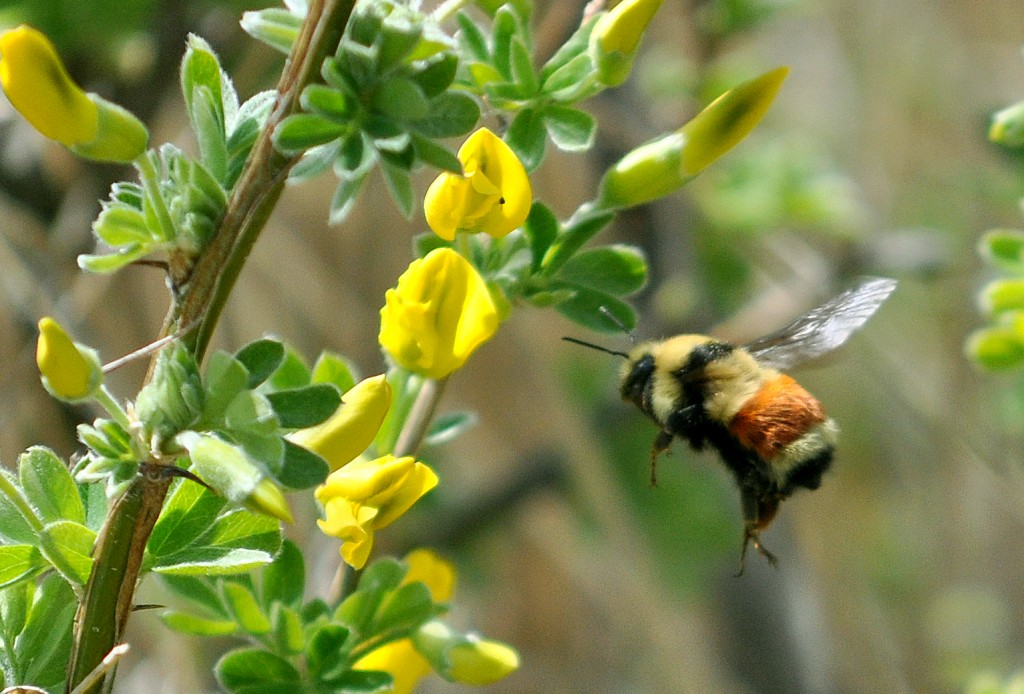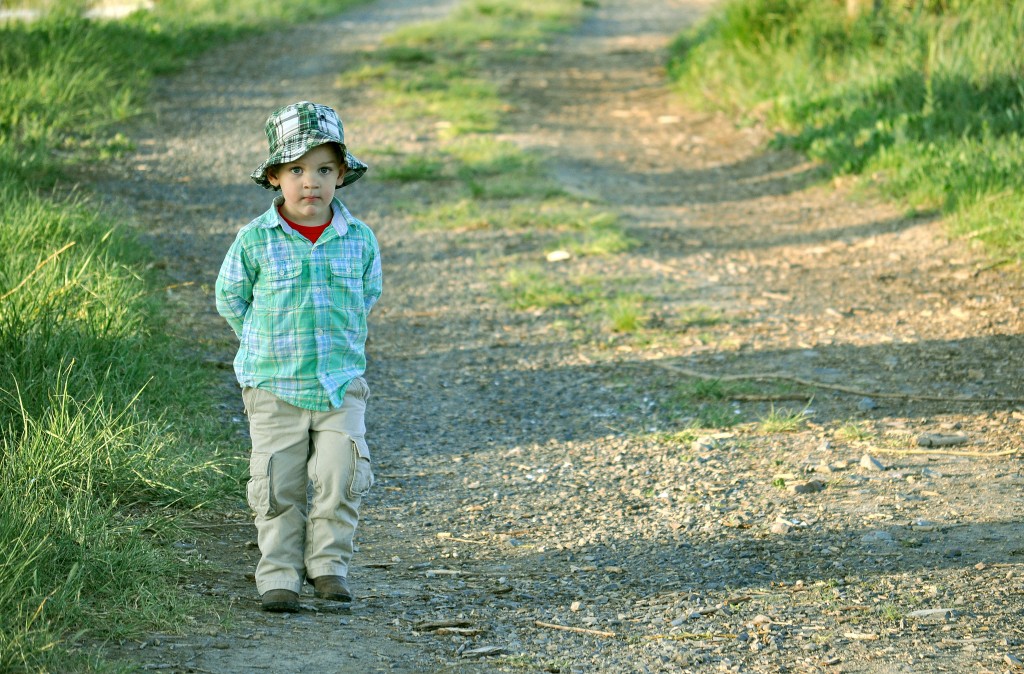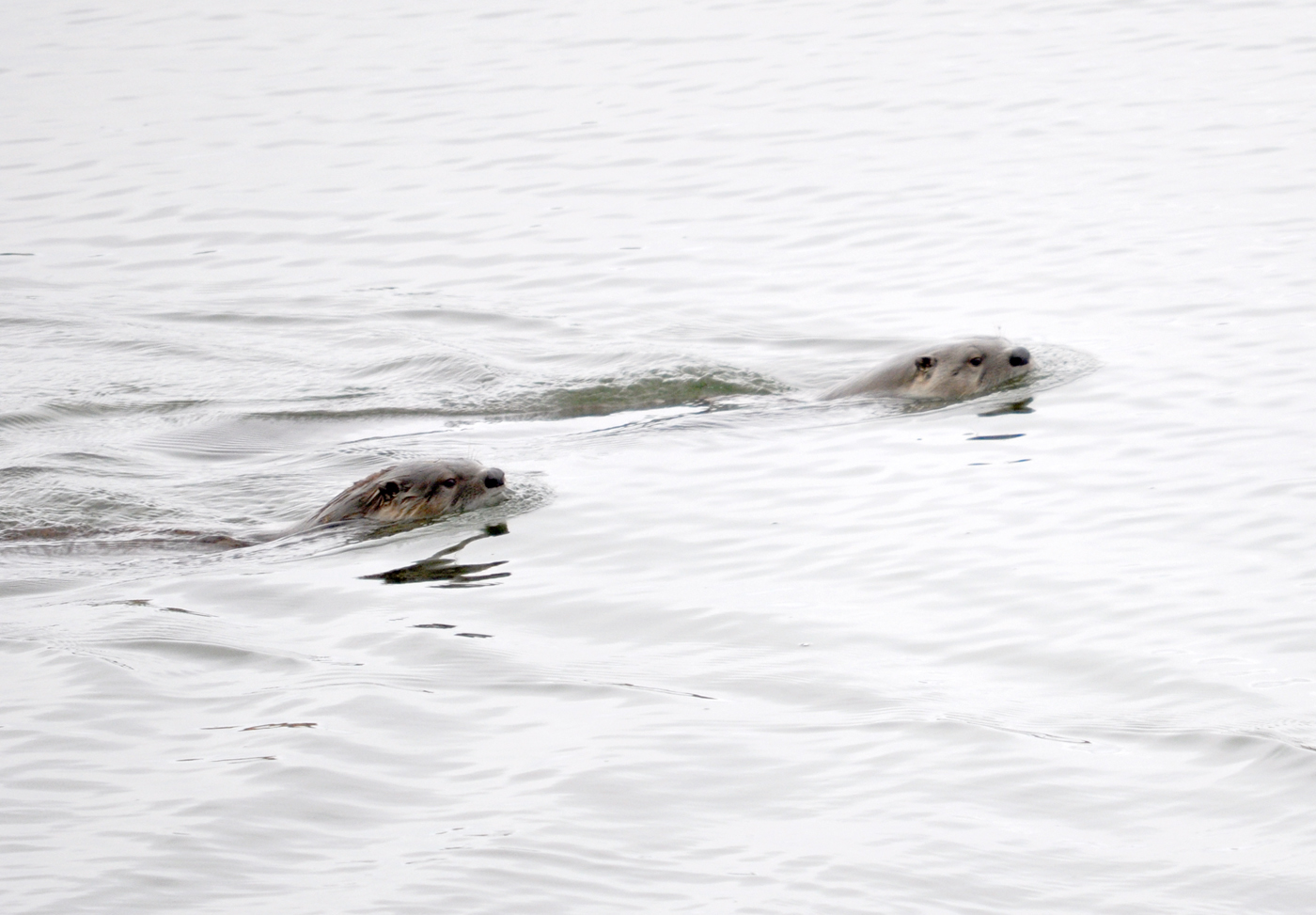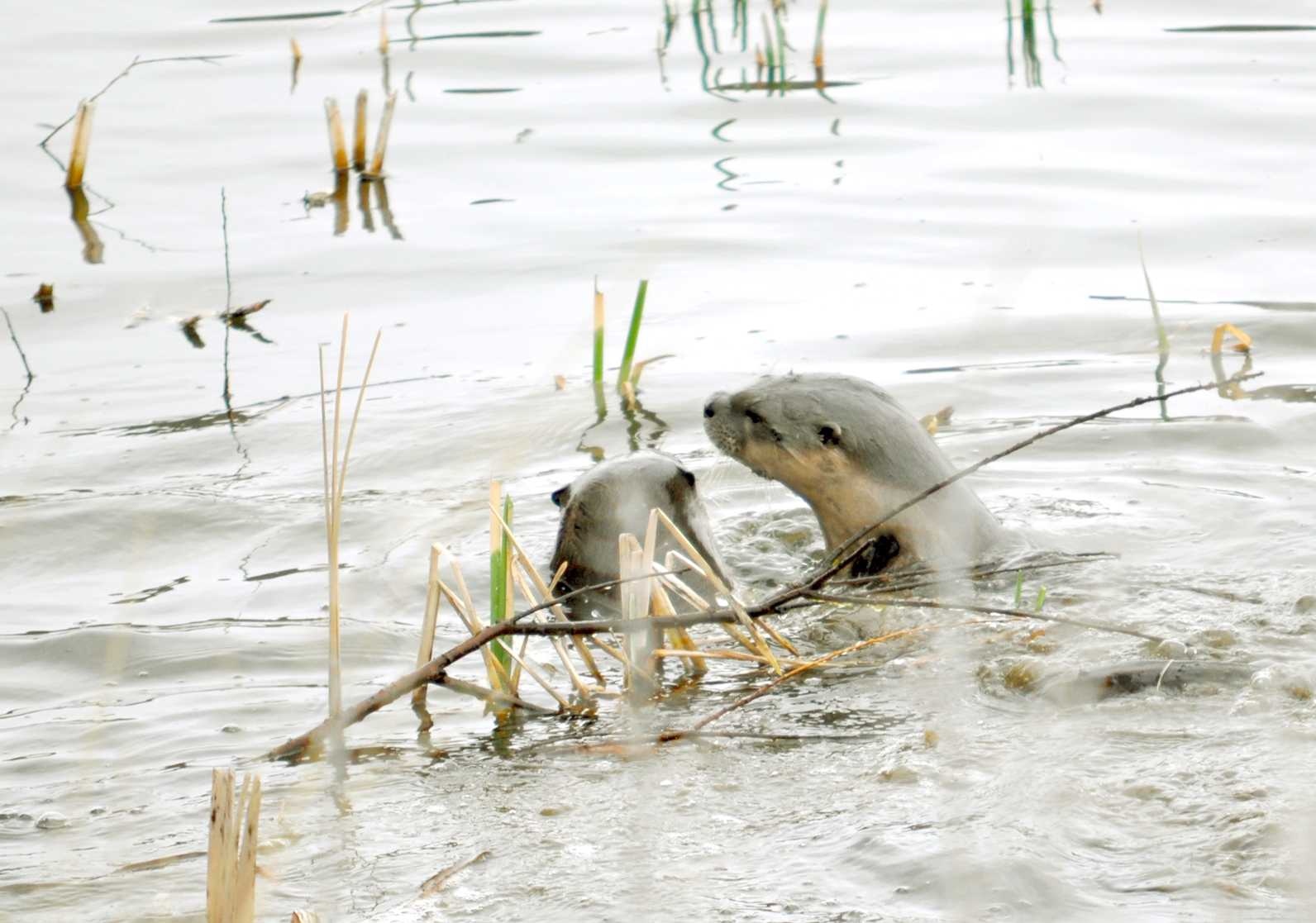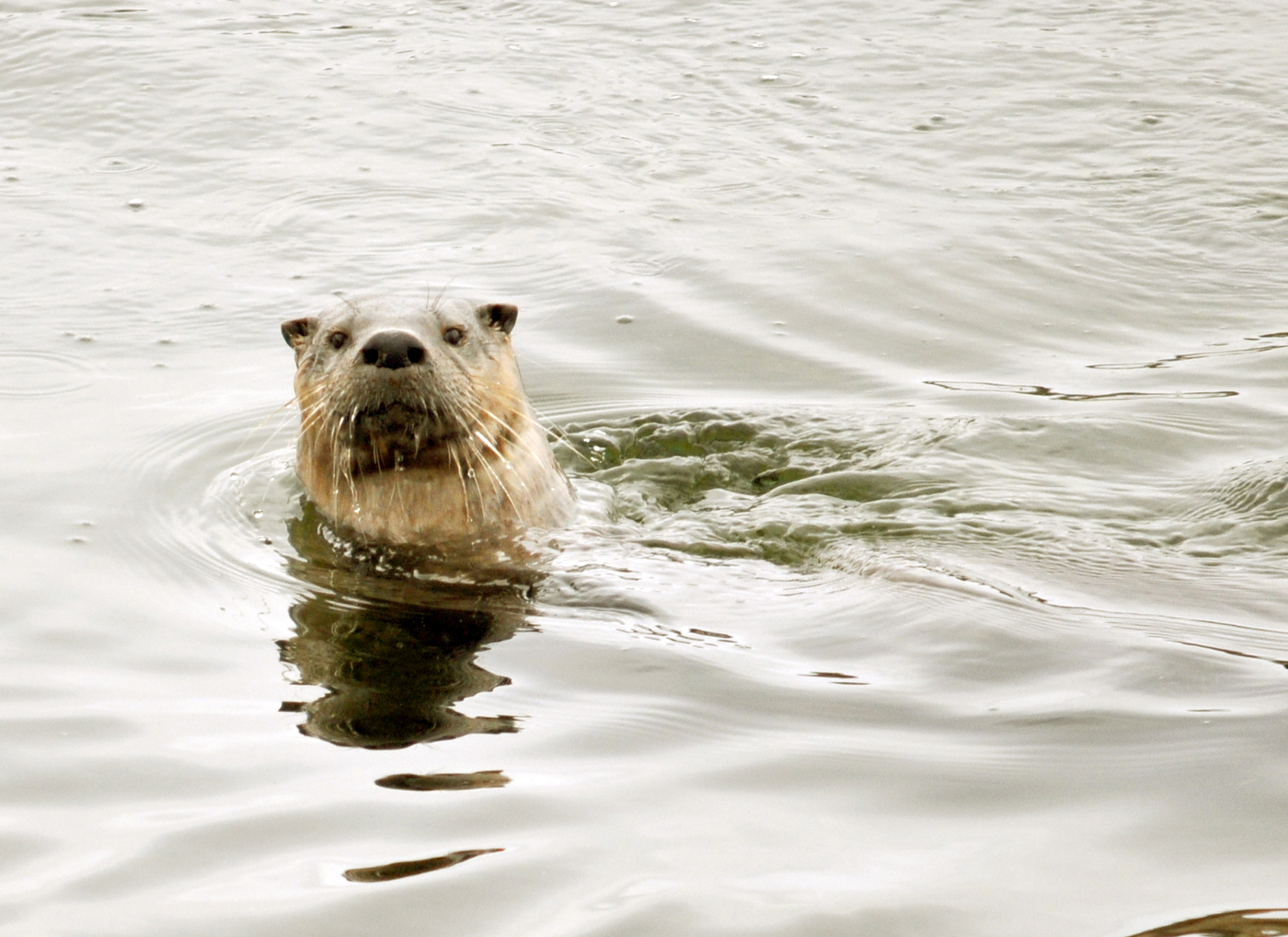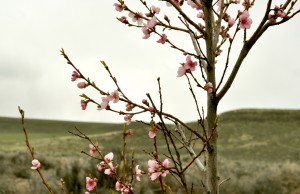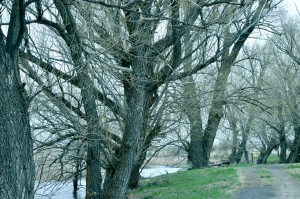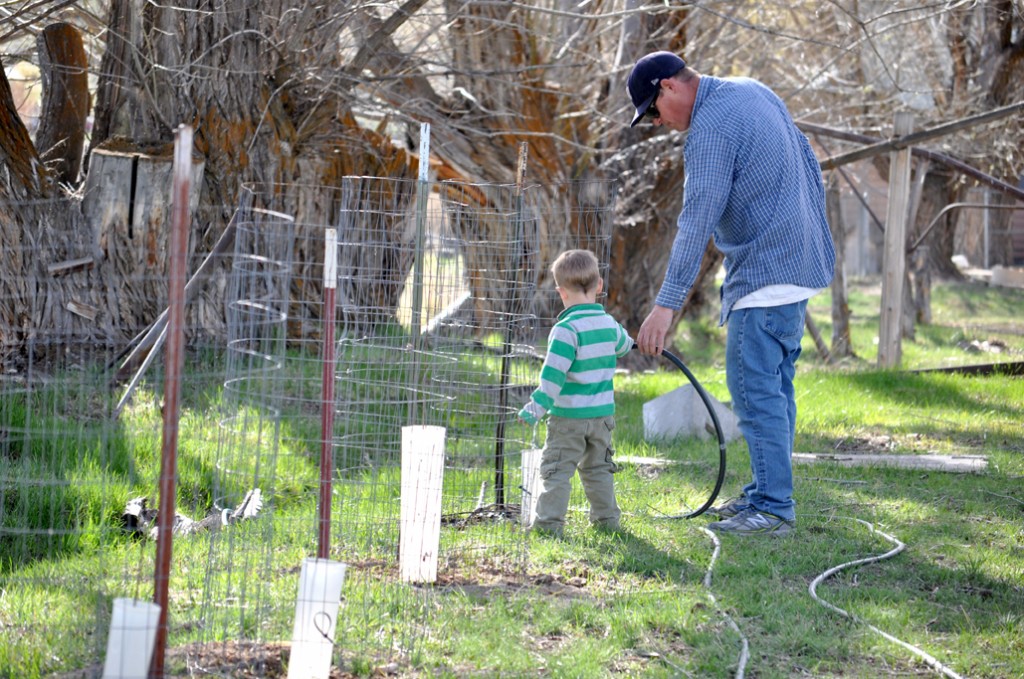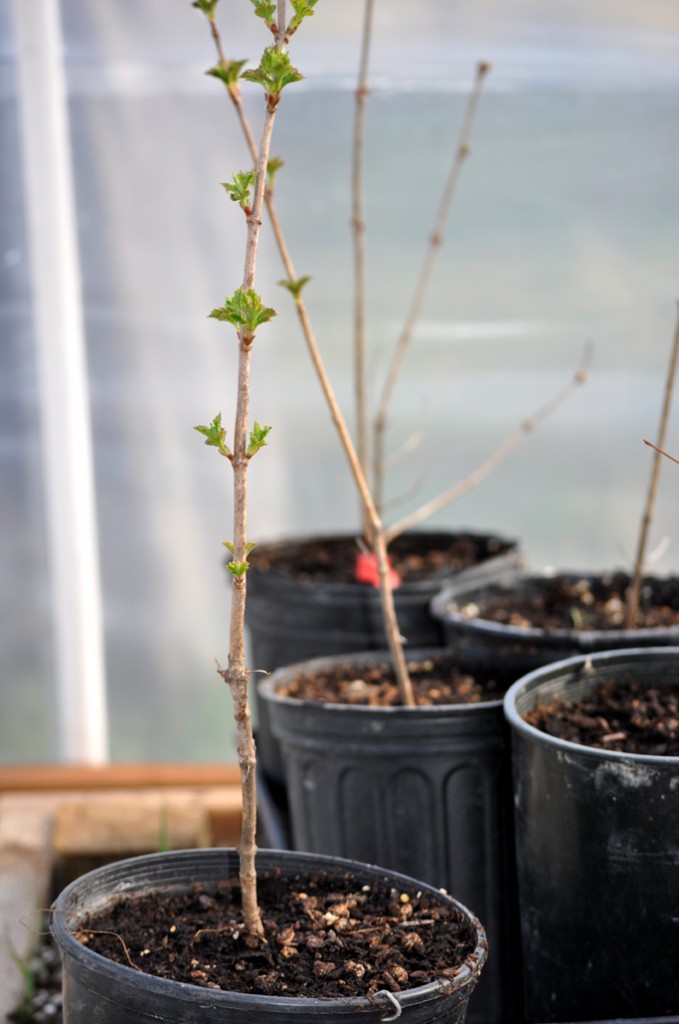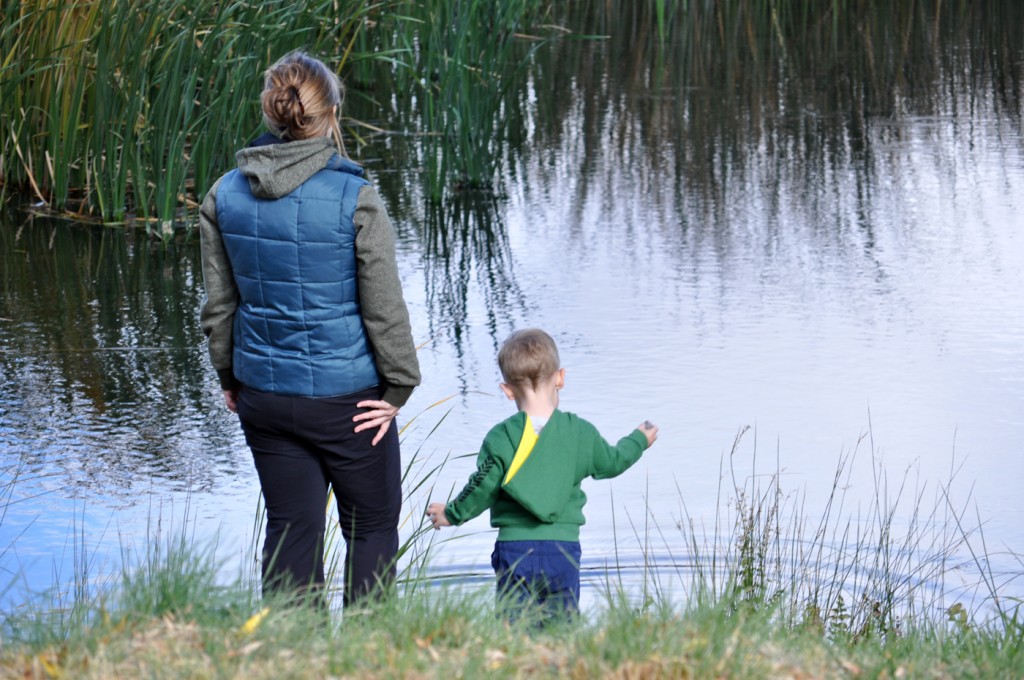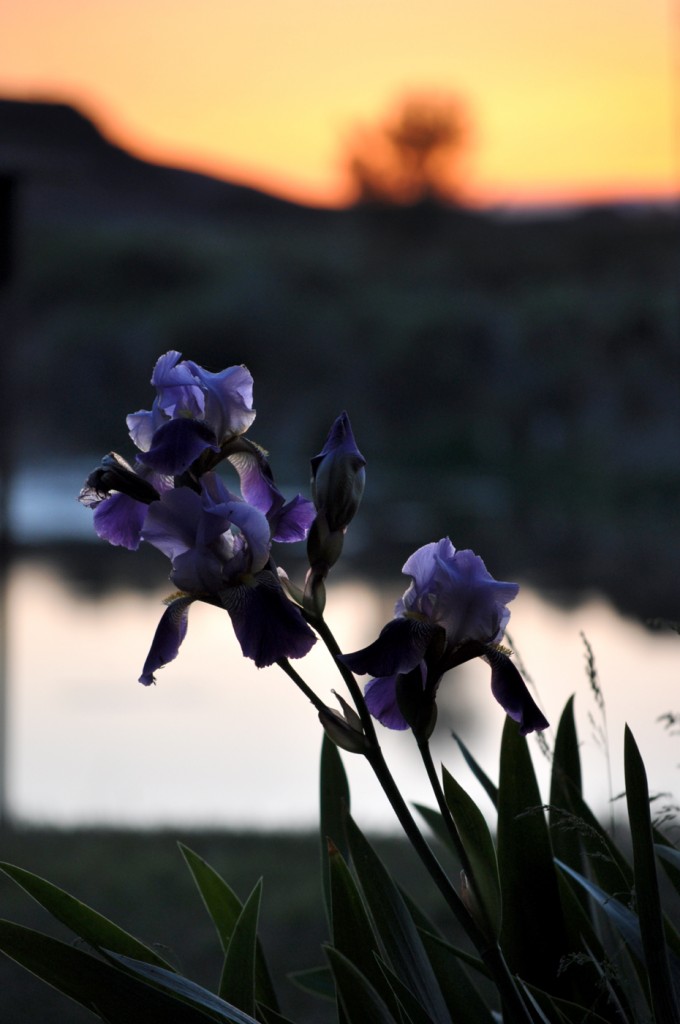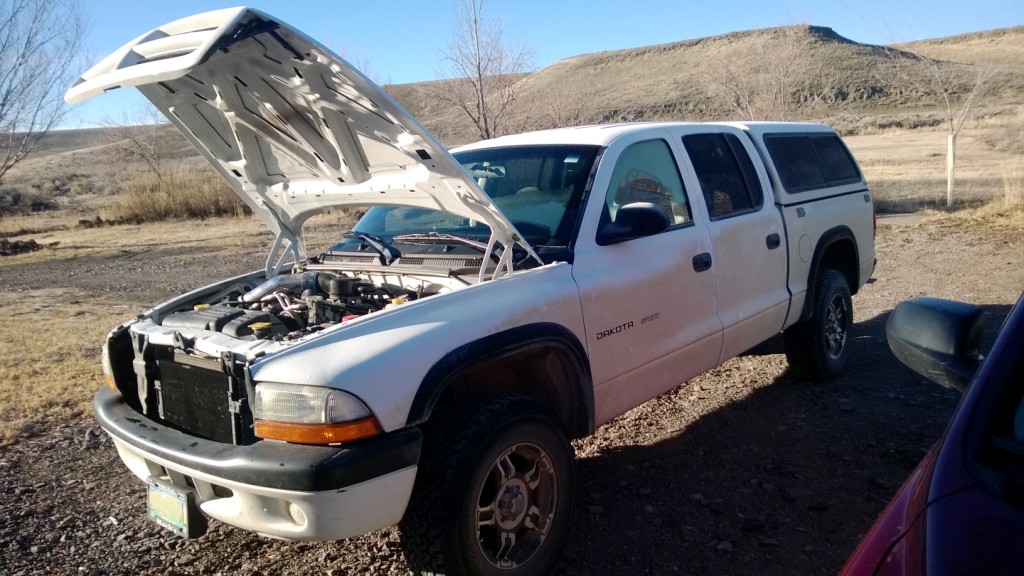Note: Post courtesy of DJ.
You have time to think when you are weed eating. One thought that dawned on me this morning as I was attacking a stand of mustard weed with the ol’ string trimmer was: “couldn’t a cow (or pig or goat) be doing this?” As in, reducing mosquito habitat, converting energy to fertilizer or at least mulch, etc. etc.? Probably, I concluded, as long as there weren’t too many cow (or goat) pies everywhere I want to step. Which led me to the thought of balance, which has been an ongoing theme out here at the farmstead. Or perhaps theme should be replaced with lesson, and an ongoing one at that. This concept also happens to describe a book I just finished reading called “The Big Burn,” by Northwest author Timothy Egan. He subtitled his book “Teddy Roosevelt and the Fire That Saved America.” I think anyone who enjoys early 1900s American History and specifically that of the then-still wild American west will enjoy this book as will folks who just enjoy a dramatically told true story.
 The story begins as Teddy Roosevelt and trusted friend and advisor (and later to become the father of the modern U.S. Forest Service) Gifford Pinchot are wrestling with a grand idea… that of conservation. Seems the two Easterners, of means and education, feel a deep kindred calling to the vast wilderness of the West, to the wonders of its unspoiled nature and to the words and places of noted naturalist John Muir. Well, seemingly the only other folks at that time (circa early 1900s) who had an appreciation for these lands (besides, obviously, the woefully underrepresented and exploited Native Americans) were timber barons and copper kings, and the legal, bureaucratic and media apparatus necessary to sustain them. Roosevelt argued that the current and future citizenry of the country deserved to have an opportunity to appreciate and benefit from these incredible places and resources. T.R. began reserving huge tracts of forest for the newly formed Forest Service to manage, led by Pinchot and his Rangers. Such a large undertaking couldn’t help but be met with some resistance from those who would profit from the continued exploitation of the resources.
The story begins as Teddy Roosevelt and trusted friend and advisor (and later to become the father of the modern U.S. Forest Service) Gifford Pinchot are wrestling with a grand idea… that of conservation. Seems the two Easterners, of means and education, feel a deep kindred calling to the vast wilderness of the West, to the wonders of its unspoiled nature and to the words and places of noted naturalist John Muir. Well, seemingly the only other folks at that time (circa early 1900s) who had an appreciation for these lands (besides, obviously, the woefully underrepresented and exploited Native Americans) were timber barons and copper kings, and the legal, bureaucratic and media apparatus necessary to sustain them. Roosevelt argued that the current and future citizenry of the country deserved to have an opportunity to appreciate and benefit from these incredible places and resources. T.R. began reserving huge tracts of forest for the newly formed Forest Service to manage, led by Pinchot and his Rangers. Such a large undertaking couldn’t help but be met with some resistance from those who would profit from the continued exploitation of the resources.
One of the Service’s strongest early stances was that of “zero tolerance” for wildfire, which time and science have since shown to work against the overall health of the forest (or prairie or desert) ecosystem. A more natural fire regime including periodic, but less intense fires, has been shown to positively influence plant and animal diversity and health, not to mention being far cheaper and safer than attacking every fire with every available resource. But In the early days of the USFS, their mission regarding forest fires was simply to put every fire out.
That became an impossibility in the summer of 1910, when a vast tract of mixed and white pine forest stretching from the Palouse of Eastern Washington, across the Northern panhandle of Idaho, into Northwest Montana and on into south-central Canada exploded in flames. A historically dry winter and spring led to tinder dry conditions in the forest that ultimately resulted in an unprecedented fire storm that claimed countless thousands of acres of forest but also several settlements and nearly 100 lives. Tales of bravery (like that of “Big” Ed Pulaski, who led a group to safety in a mine shaft, or the Buffalo soldiers of Company G 25th Infantry, who heroically maintained order and helped save many lives in and around Wallace and Avery, Idaho) were balanced with those accusing the forest managers of incomprehensible incompetence and hubris. Many lives had been risked and indeed lost in the fight against one of the most powerful of natural foes. Some had signed on to work for the FS, but there were many untrained miners and even prisoners forced into service by necessity. Of course, after the fact there was much hand-wringing on how or even whether or not the Service should continue.
Anyway back to balance… so I now remember why it can be pretty hard to write a good book report. There is a lot to think about in this book, so it’s hard to be brief and yet touch on some of the things that spoke to me. This book reminds me of the cliché that anyone who claims to have all the answers just hasn’t been asked the right questions yet. That’s where I come down on managing public land… It takes bravery to make difficult decisions instead of theorizing about or studying or placing blame after the fact, and it takes determination to live with the results of those decisions. Ideally, the people who make those decisions will have access to and interest in as much information on the topic as is available. Then they’ll try to balance the science with public interest. But here’s a spoiler alert: there may be more than one public interest — there may be many of them, and they may seem to be forever shifting and (hopefully) evolving.
Other recommended titles on the topic include “Young Men and Fire,” by Norman Maclean and “Fire on the Mountain,” by Norman’s son John N. Maclean.




